热门趋势
Categories
How Powerful Are Airplane Engines and How Far Can They Draw Objects In?
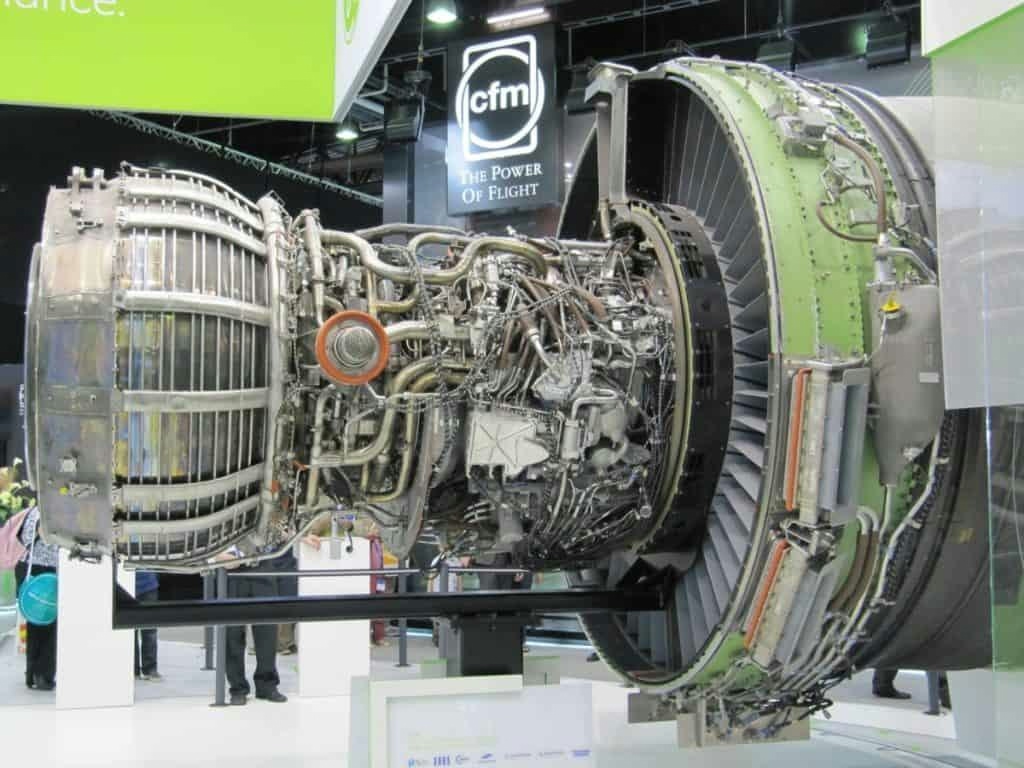
The Power and Reach of Airplane Engines: Understanding Their Suction and Safety Risks
A recent fatal accident at Milan’s airport has brought renewed attention to the formidable power and inherent dangers of modern jet engines. A man was tragically pulled into the engine of a Volotea Airlines Airbus A319 as it prepared for takeoff, despite the engine not operating at full thrust. While such incidents are rare, they are not unprecedented. Similar fatal accidents have occurred in the past, including the death of an Air India technician in Mumbai in 2015 and a fatality at Amsterdam’s Schiphol Airport in 2023 involving a running engine. These events underscore the lethal risks posed by jet engine suction, particularly when aircraft are on the ground.
The Mechanics of Jet Engine Power
Jet engines, especially the turbofan types commonly used on commercial airliners, are engineering feats designed to generate enormous thrust. They operate by rapidly drawing in air, compressing it, mixing it with fuel, and expelling the resulting gases at high velocity. This process enables aircraft to reach speeds of up to 950 kilometers per hour, approximately 80 percent of the speed of sound. For instance, the engines on a Boeing 747 can produce thrust equivalent to 58,000 pounds, a force capable of destroying a car.
Central to this process are the fan blades located at the front of the engine. On the Airbus A319 involved in the Milan accident, these blades can rotate at speeds up to 15,000 revolutions per minute even when the engine is idling. This rapid rotation creates a powerful low-pressure zone that draws in hundreds of liters of air per second, generating a suction field strong enough to pull in nearby objects, including people.
Extent of the Danger Zone
The area directly in front of a jet engine where suction is most intense is commonly referred to as the “danger zone.” Aviation experts estimate that even at idle power, the suction field of a turbofan engine can extend up to 15 feet (approximately 4.5 meters) from the intake. This hazardous zone expands significantly when engines operate at higher thrust levels, such as during takeoff. The combination of high airflow and low pressure in this area poses a severe risk to ground personnel and equipment in close proximity to the engines.
Industry Challenges and Technological Developments
The immense power and efficiency of jet engines present not only safety challenges but also ongoing technological and industrial demands. As the aviation industry advances, manufacturers are pushing the boundaries of materials science and engineering design. The development of adaptive-cycle engines for next-generation combat aircraft, including projects like the European Future Combat Air System, requires innovative materials and engineering solutions to manage even greater power outputs and efficiency.
Simultaneously, supply chain disruptions have compelled companies such as Airbus to revise their strategies, particularly concerning the procurement of CFM engines. The Eurofighter consortium has increased production in response to geopolitical pressures, highlighting the strategic importance of engine technology. Airlines like Ryanair have also made substantial investments in spare engines, committing $500 million for CFM LEAP-1B units to maintain operational efficiency and cost competitiveness amid growing demand for advanced propulsion systems.
Conclusion
Jet engines rank among the most powerful machines in regular use, capable of generating tremendous thrust and creating suction zones that extend several meters from the intake. As the aviation sector continues to innovate and confront supply chain and material challenges, a thorough understanding of the mechanics and risks associated with these engines remains essential for ensuring safety and fostering technological progress.
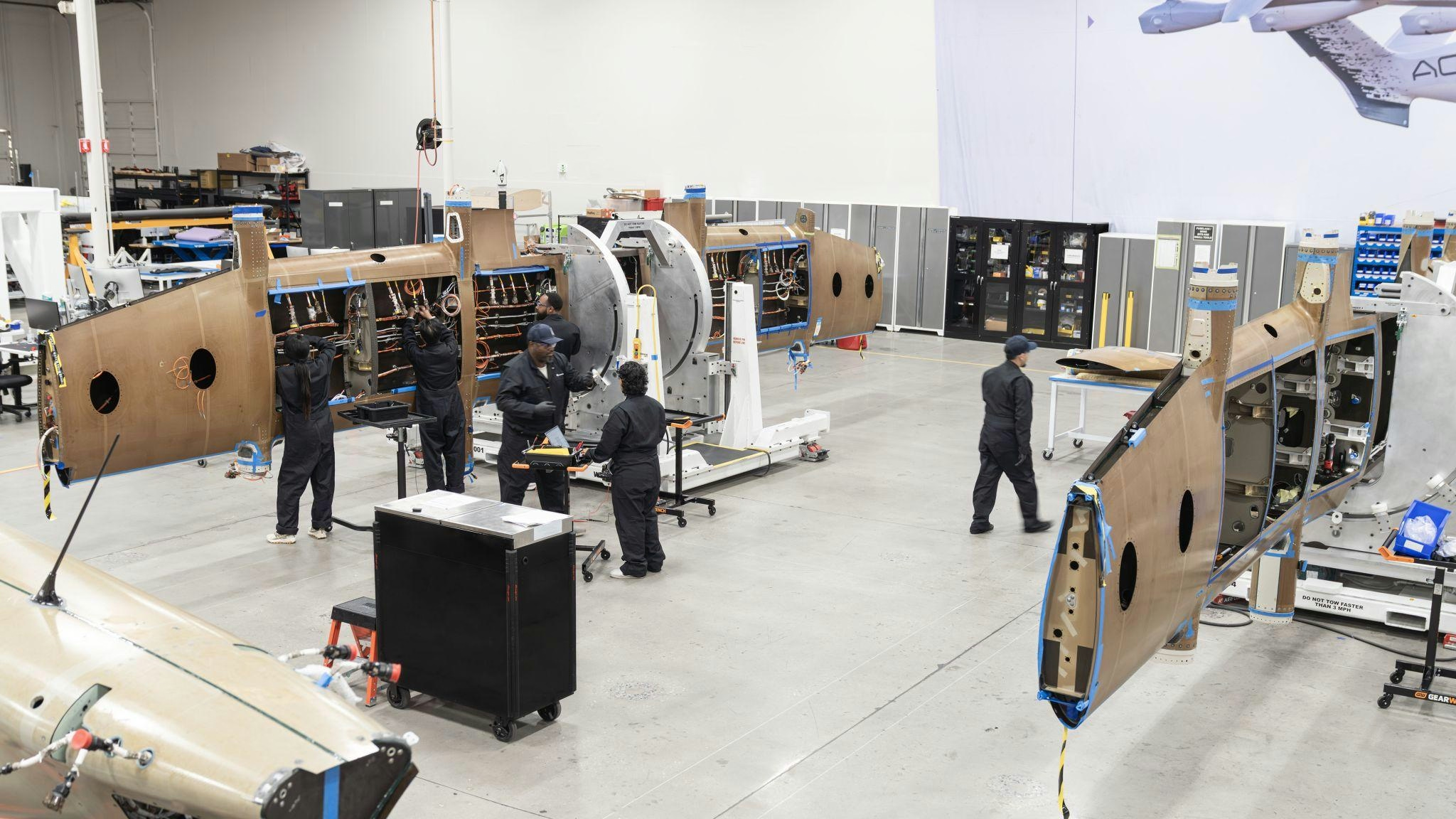
Archer Aviation’s Electric Midnight Aircraft Debuts at California Air Show
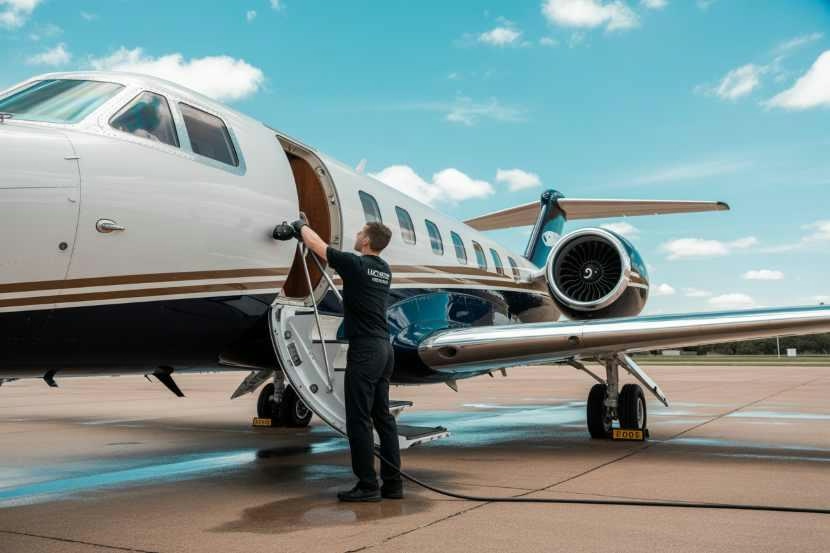
AirProtect Expands in Texas Through Partnership with SouthernPlex

Boeing Invests $85 Million in Canadian Innovation Zone Espace Aéro
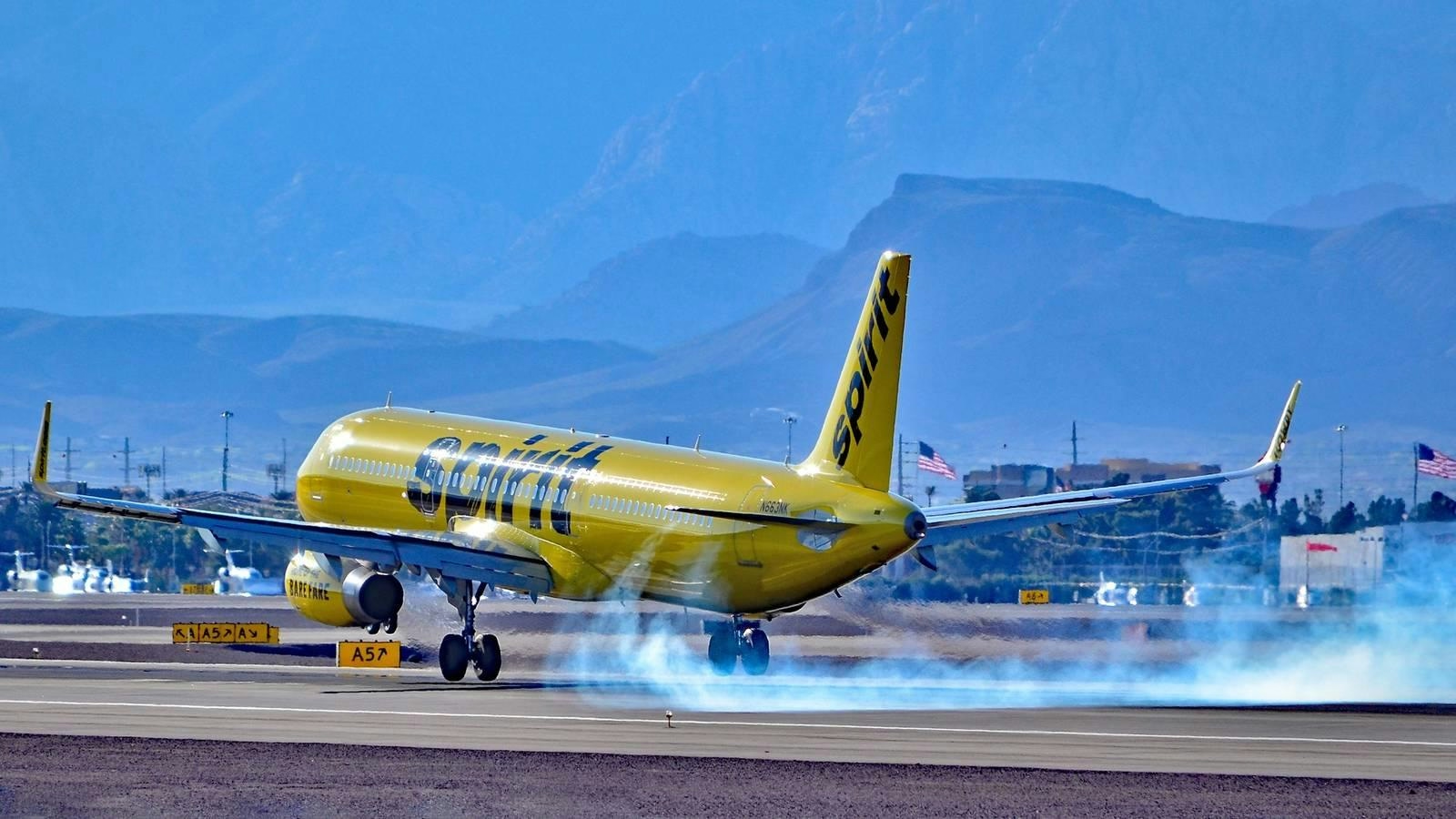
Spirit Airlines to Reject 87 Aircraft Leases
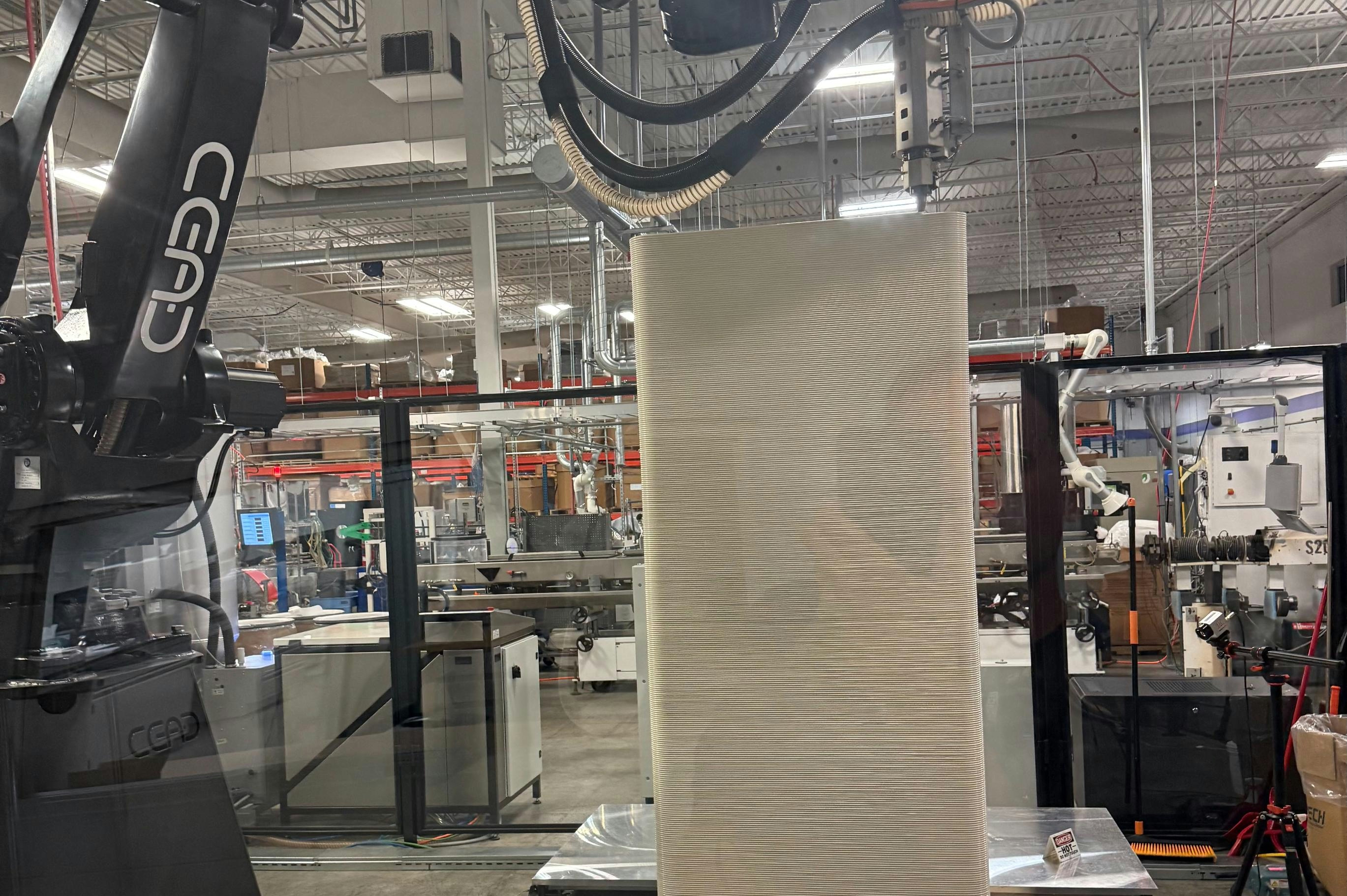
Legacy Manufacturing Integrates Advanced AAM Technologies
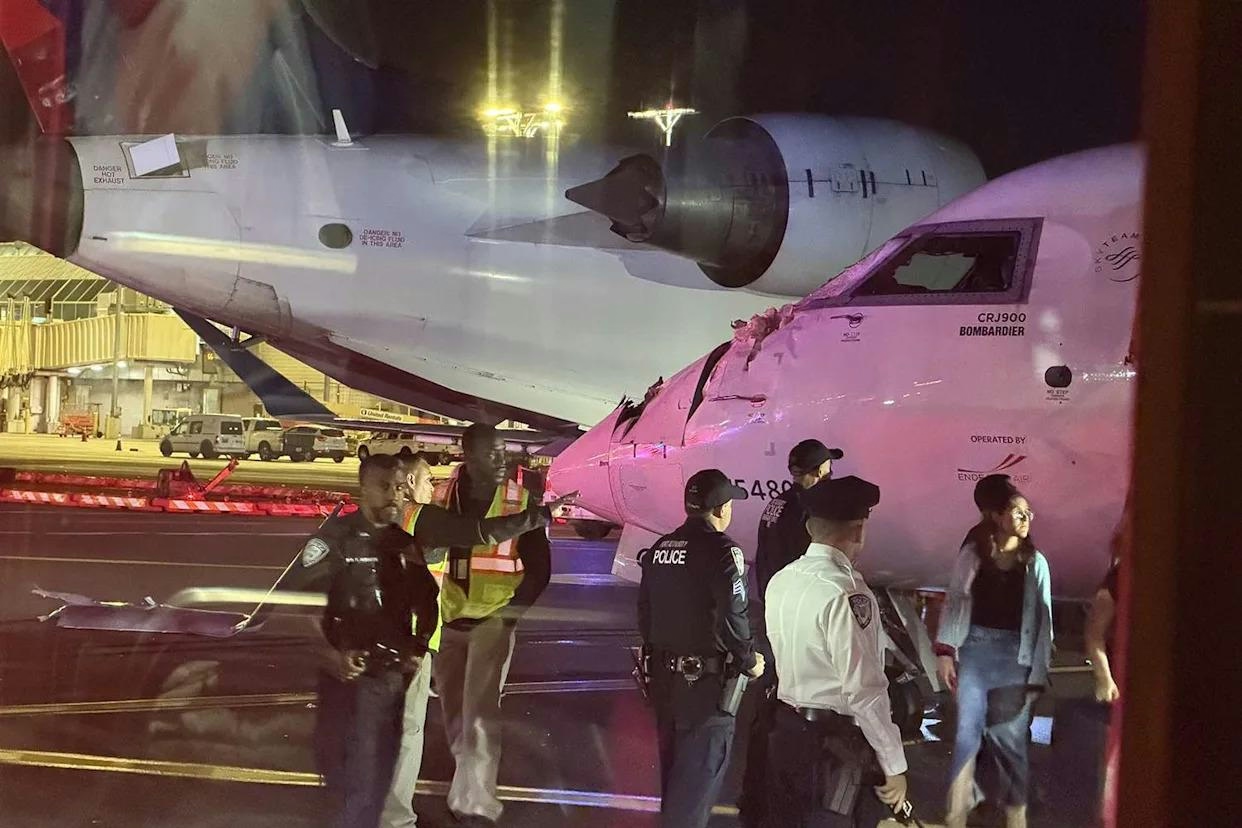
NTSB Analyzes Flight Recorders from Delta Jets Collided at LaGuardia

Joby Aviation Partners with UAE for Air Taxi Launch Amid Global Expansion
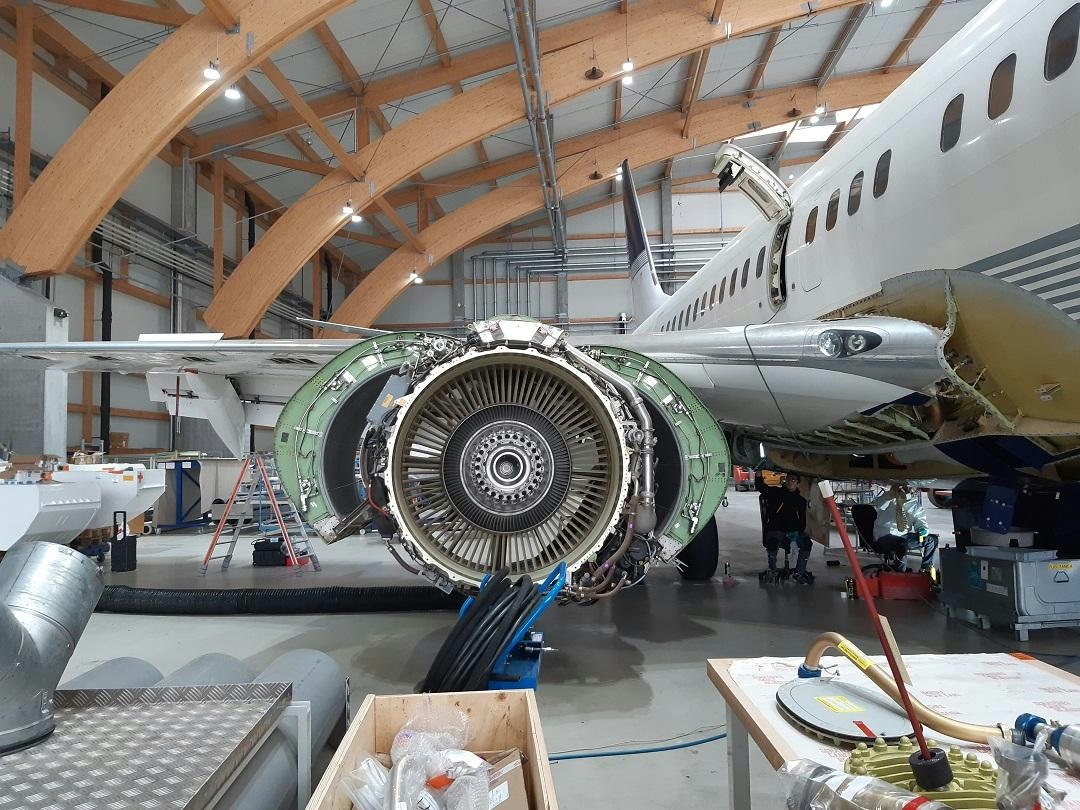
BBJ 737 Inspections Conducted at AMAC Aerospace in Bodrum, Turkey

Mexico's Industrial Convergence and Its Role in Innovation

